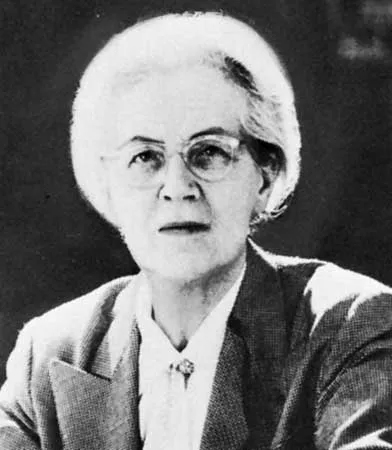Composed 1914; 8 minutes
 Nadia Boulanger is best remembered today as one of the most respected 20th century musical pedagogues and as a pioneering female conductor. She held several key positions in Paris over the course of her life and taught many of her country’s prominent musicians. These included her younger sister Lili, whom she considered substantially more gifted a composer than herself. Lili’s premature death in 1921 at just 24 led Nadia to stop composing (Fauré taught both sisters) and focus her energies on teaching, keyboard performance and promoting her sister’s music. At Fontainebleau, she taught a generation of American composers, encouraging individuality among an astonishing range of pupils.
Nadia Boulanger is best remembered today as one of the most respected 20th century musical pedagogues and as a pioneering female conductor. She held several key positions in Paris over the course of her life and taught many of her country’s prominent musicians. These included her younger sister Lili, whom she considered substantially more gifted a composer than herself. Lili’s premature death in 1921 at just 24 led Nadia to stop composing (Fauré taught both sisters) and focus her energies on teaching, keyboard performance and promoting her sister’s music. At Fontainebleau, she taught a generation of American composers, encouraging individuality among an astonishing range of pupils.
Boulanger was 27 when she wrote the three modestly titled, modestly conceived pieces for cello and piano. The first develops a short, somber theme, rising incrementally over a sustained arc to a rippling piano accompaniment. In the second, cello and piano frequently enter into a canonic dialogue in music that won’t be hurried. Both these pieces are developed from earlier organ pieces. The finale is vivacious and capricious, with a suggestion of the mercurial Sonata that Debussy was to write a year or two later.